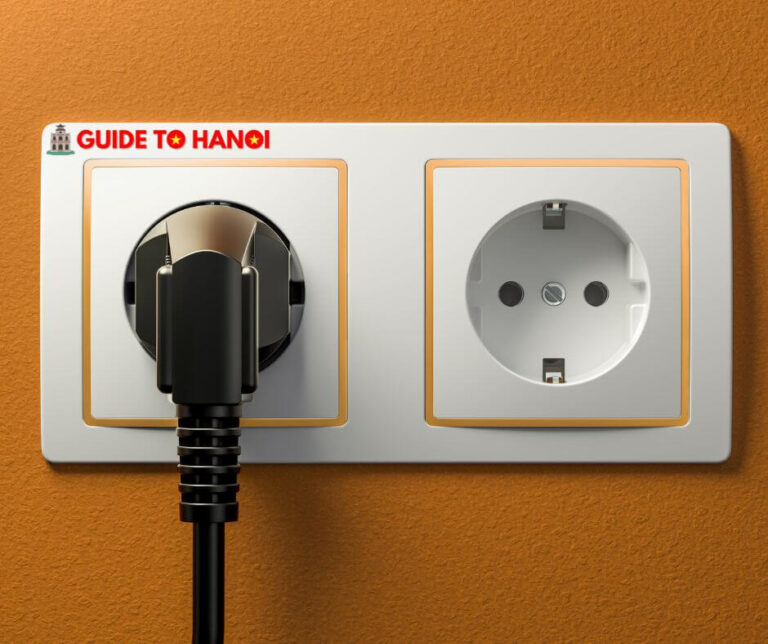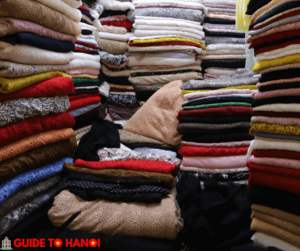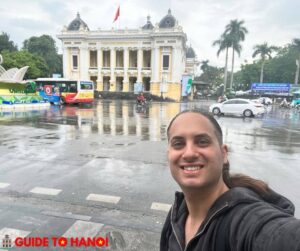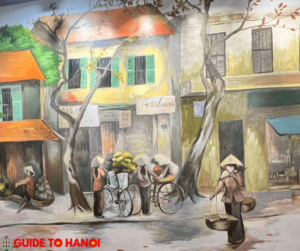Welcome to the comprehensive guide on Electricity in Hanoi, Vietnam.
As an integral aspect of daily life, electricity powers homes, businesses, and industries throughout the vibrant capital city of Hanoi.
In this guide, we will explore the various facets of Hanoi’s electrical infrastructure, from voltage standards and power sources to electrical outlets and energy conservation efforts.
Whether you’re a resident, traveler, or simply curious about how electricity operates in Hanoi, this guide is your gateway to understanding the essential role electricity plays in this bustling metropolis.

Electricity in Hanoi, Vietnam, is supplied and managed by the state-owned Vietnam Electricity Group (EVN).
Here are some critical points about electricity in Hanoi:
Voltage and Frequency
In Vietnam, including Hanoi, the standard electrical voltage is 220V, and the frequency is 50Hz.
This voltage is compatible with most electronic devices, but it’s essential to check the voltage compatibility of your devices, especially if you’re traveling from a country with a different voltage.
Power Outlets
Hanoi, like the rest of Vietnam, uses Type A, Type C, and Type F power outlets when Type C is the most common.
Type A outlets have two flat parallel pins, Type C outlets have two round pins, and Type F outlets have two round pins with two grounding clips.
It’s a good idea to carry a universal adapter if your plugs don’t match these types.
Electricity Generation
Most of the electricity generated in Vietnam comes from hydropower, fossil fuels (coal and natural gas), and renewable sources like wind and solar.
Vietnam has been investing in renewable energy sources to reduce its reliance on fossil fuels and decrease its carbon footprint.
Power Distribution
Electricity is distributed through a network of power lines and substations. Hanoi has a well-developed electrical grid to power its residents and businesses.
Electricity Costs
The cost of electricity in Hanoi, as in the rest of Vietnam, is relatively low.
The government regulates the rates, and residential consumers are typically billed on a tiered pricing system, where the price per kWh increases as you use more electricity.
Business and industrial users have different pricing structures.
Power Reliability
While Hanoi generally experiences reliable electricity supply, occasional power outages may occur due to maintenance, weather conditions, or other factors.
Some businesses and individuals invest in backup power sources like generators to mitigate the impact of outages.
Energy Conservation
As part of its efforts to promote energy efficiency and conservation, the Vietnamese government has implemented various programs and incentives to encourage using energy-saving appliances and practices.
Power Plug Adapters
Travelers to Hanoi should carry power plug adapters if their devices have different plug types to connect to the local power outlets.
Overall, electricity in Hanoi is an essential part of daily life, and the city, like the rest of Vietnam, is trying to enhance its energy infrastructure and transition towards cleaner and more sustainable power sources.
FAQs
Here are some frequently asked questions about electricity in Hanoi, Vietnam:
What plug adapter do I need for Vietnam?
In Vietnam, Type A, Type C, and Type F power outlets are commonly used. Depending on your device’s plug type, you may need a universal adapter to fit these sockets.
Are the plugs in Vietnam the same as in Korea?
No, the plugs in Vietnam are different from those in South Korea. Vietnam primarily uses Type A, Type C, and Type F outlets, while South Korea uses Type C and Type F outlets.
What plugs are used in Hanoi?
Hanoi, like the rest of Vietnam, uses Type A, Type C, and Type F power outlets. Type A has two flat pins, Type C has two round pins, and Type F has two round pins with two grounding clips.
What plug do I need for Vietnam?
The plug you need for Vietnam depends on your device. Check the plug type of your device and ensure it’s compatible with Type A, Type C, or Type F outlets commonly found in Vietnam.
Do I need a power adapter for Vietnam?
If your device’s plug type differs from the standard Type A, Type C, or Type F outlets in Vietnam, you will need a power adapter to use your electronics.
What is the power voltage in Hanoi?
The standard power voltage in Hanoi, Vietnam, is 220V, with a frequency of 50Hz. Ensure your electronic devices are compatible with this voltage before use.
| Aspect | Information |
|---|---|
| Voltage and Frequency | 220V, 50Hz |
| Power Outlets | Type A, Type C, Type F |
| Electricity Generation | Hydropower, fossil fuels, renewables |
| Power Distribution | Network of power lines and substations |
| Electricity Costs | Low and regulated by the government |
| Power Reliability | Generally reliable with occasional outages |
| Energy Conservation | Government programs promote energy efficiency |
In conclusion
Electricity is an essential and ever-present daily life in Hanoi, Vietnam.
From powering modern technology to facilitating everyday activities, electricity plays a crucial role in the city’s development and growth.
As we continue towards a greener future, efforts to improve energy infrastructure and promote sustainable practices will further enhance the reliability and efficiency of electricity in Hanoi.
We hope this guide has provided you with valuable insights into the world of electricity in Hanoi and encourages you to explore more about this fascinating topic. Happy exploring!












